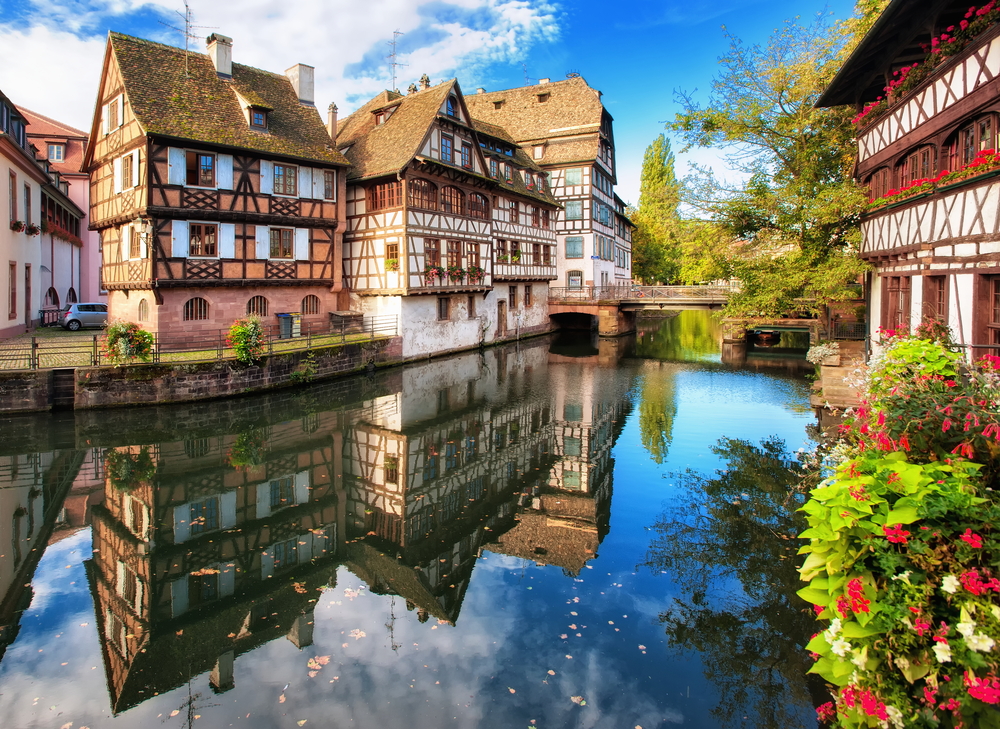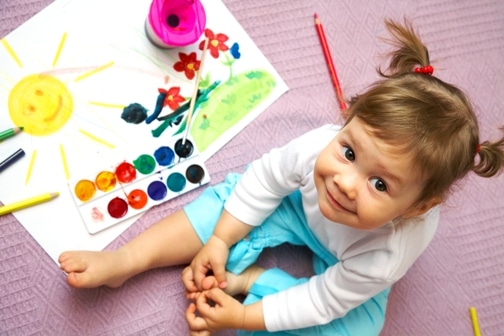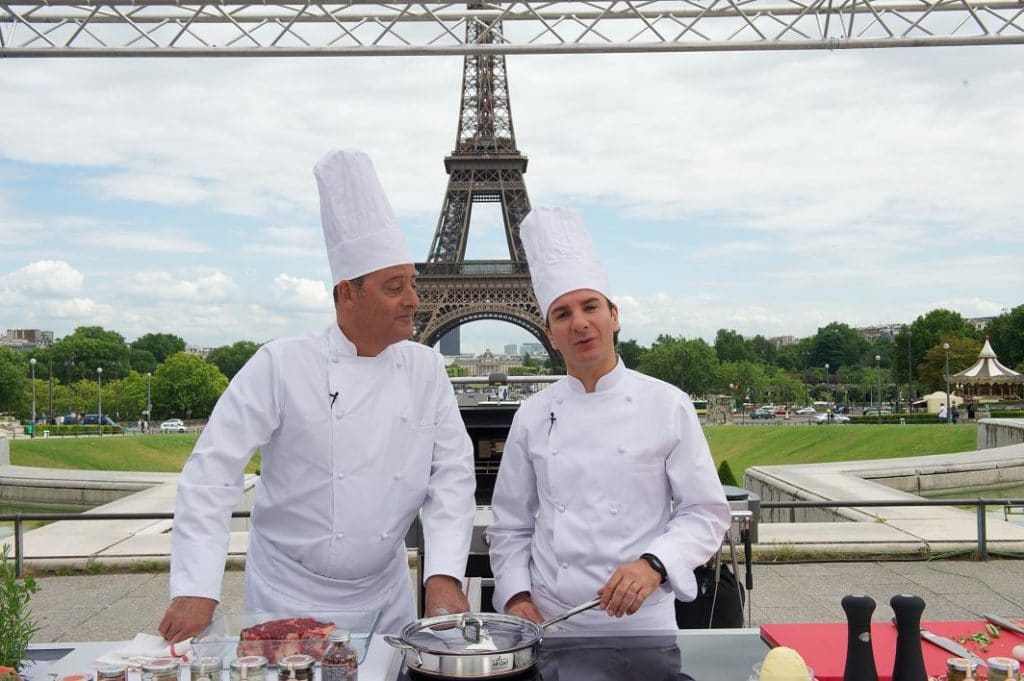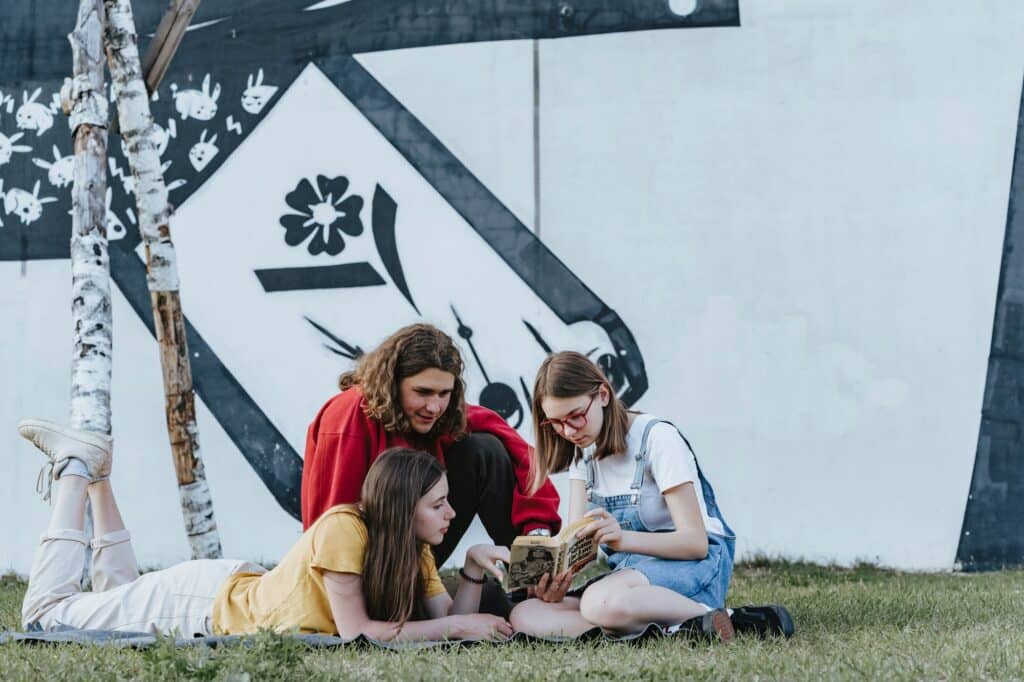5 Best Topics to Explore in French Culture Lessons

How can you incorporate French culture lessons into your language classroom without losing time for the vocabulary and grammar concepts …

How can you incorporate French culture lessons into your language classroom without losing time for the vocabulary and grammar concepts …

Teaching beginners is always exciting. You’re the first person who can really shape their relationship with French!
For that reason, …

Becoming a French tutor can be a rewarding experience.
If you want to but don’t know how to become a …

Teaching French to preschoolers isn’t always a walk in the park!
Without the resources or training needed to help young …

French movies are renowned for blending the art of filmmaking with superb narrative—making them a great teaching tool to use …

Finding the right novel for your French students is not a walk in the park.
They’d probably rather spend time …

Capturing the attention of kids can be quite a challenge.
You’ve got to keep it simple and you’ve got to …